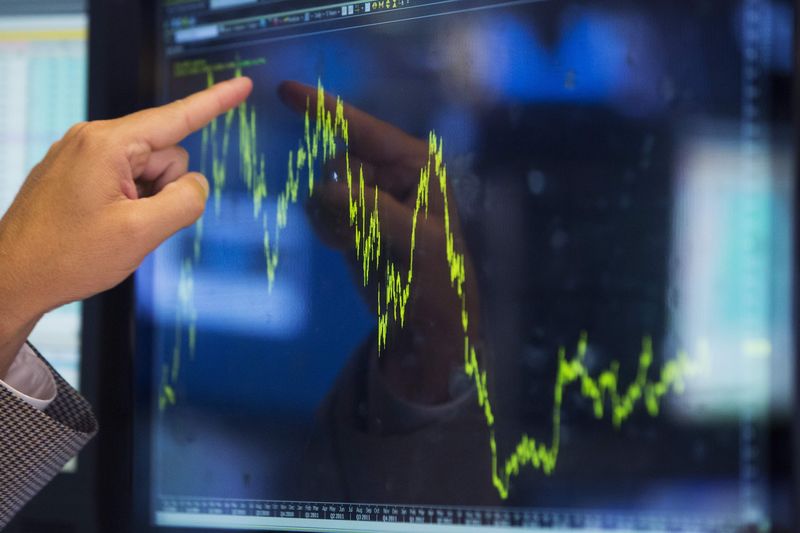© Reuters. A Burberry store is seen in London, Britain, January 16, 2023. REUTERS/Peter Nicholls/File Photo
By Paul Sandle
LONDON (Reuters) -Burberry will struggle to meet its annual revenue forecast of low double-digit growth after it was hit by a global slowdown in luxury spending, the British brand said on Thursday.
The company, which launched the first collection by designer Daniel Lee in September, reported a sharp drop in comparable store sales growth from 18% in its first quarter to just 1% in the second, as demand in China evaporated.
Its shares fell 10% in early trading, and the downbeat tone weighed on the wider sector.
Rising inflation and economic uncertainty have curbed shoppers’ appetite for luxury after years of blockbuster demand, prompting investors to trim forecasts.
Burberry said the slowdown was pronounced in September, coinciding with the arrival in stores of Lee’s first runway designs and a new brand identity, the latest step in its strategy to move the label into a higher echelon of luxury.
Chief Executive Jonathan Akeroyd said the revenue downgrade was “very much geared around the macro”, rather than the response to new products such as the 2,890 pounds ($3,582) medium-sized “Knight” bag.
He said he was excited about the reception to the designs six weeks in, with a “nice shift” to accessories, both shoes and bags.
Portfolio manager Angelo Meda at Banor SIM, who cut his exposure to luxury earlier this year following downbeat Chinese data, said Burberry was “certainly not an isolated case”.
“We haven’t seen anything like this in the luxury space for a long time,” he said.
LVMH, the world’s biggest luxury group with brands including Louis Vuitton, Dior, and Tiffany, reported a slowdown in quarterly sales in October, as did Kering (EPA:) with its Yves Saint Laurent, Balenciaga and Bottega Veneta brands.
Cartier-owner Richemont has also predicted slower growth.
With weaker demand, luxury groups are increasingly targeting the top 5% of shoppers as China’s post-pandemic slowdown dries up the spending power of the once aspirational middle-class.
Burberry too is trying to move upmarket, increasing price points and product quality, refurbishing stores and spending on marketing, but the strategy is yet to help its numbers.
Adjusted operating profit fell 6% to 223 million pounds in its first half, it said, and for the full-year it would be towards the lower end of analysts’ forecasts from 552 million to 668 million pounds.
It said China had retreated in the second quarter after a rebound from the impact of COVID-19 lockdowns.
Demand in China weakened throughout the quarter, and the extent of the slowdown was clear by September, Chief Financial Officer Kate Ferry told reporters.
“The exit rates that we saw at the end of Q2 have continued into the (current) quarter,” she said.
Local demand also shrank in the home market of Britain and in the Americas comparable store sales dropped 10%.
Burberry said spending by Chinese luxury consumers had shifted overseas, with tourist growth helping European destinations.
Akeroyd said he was confident Burberry could realise its potential as the modern British luxury brand, and it remained committed to achieving its medium and long-term targets.
It reported revenue of 1.4 billion pounds ($1.74 billion) for the six months end-September, up 7% at constant exchange rates.
($1 = 0.8066 pounds)
Read the full article here


